In the OPA695 data sheet, page 24, fig 51 (current feedback amplifier), what is the purpose of the resistor? Why are these values of resistance (806 Ω) in the divider bridge?
Asked
Active
Viewed 132 times
4
-
Sometimes (but not in this case, I think) a resistor is put in series with an op-amp input to minimize the effect of bias current. The assumption is that bias current is the same in both inverting and non-inverting inputs, so the DC resistance looking out of the inputs should be matched whenever possible. See here: https://electronics.stackexchange.com/questions/570426/why-put-a-resistor-in-series-with-the-positive-terminal-in-a-non-inverting-op-am – user57037 Dec 18 '22 at 19:51
1 Answers
3
NB: note that this op-amp in my database has a "disable" pin.
Note also that input biases are not matched ... and are "big", some tens of uA:
+/- 37 uA for -input and +/- 66 uA for +input (?).
Don't know the reason why it is.
This resistor adjusts the behavior of "rise time" when step voltage is applied. It is the "right" value.
Note that this resistor is also present at figure 49 ... alone (?) ...
Perhaps related to S11, §8.3.3 but I don't own a VNA to test it.
Very long simulation with frequency input of 1 MHz, 10 ps stepping.
For the values of resistors ... very fast waves need very low impedances.
As @Hearth pointed out in a comment, perhaps the values of the E96 series.
Antonio51
- 11,004
- 1
- 7
- 20
-
4They might also be asking why 806 ohms instead of 800 ohms--so I'd suggest adding some mention of the E96 series to this answer. – Hearth Dec 18 '22 at 20:06

